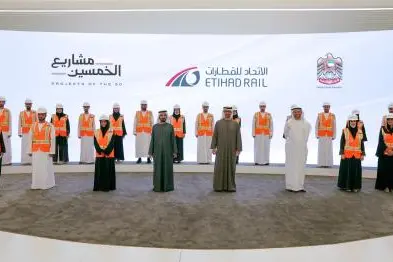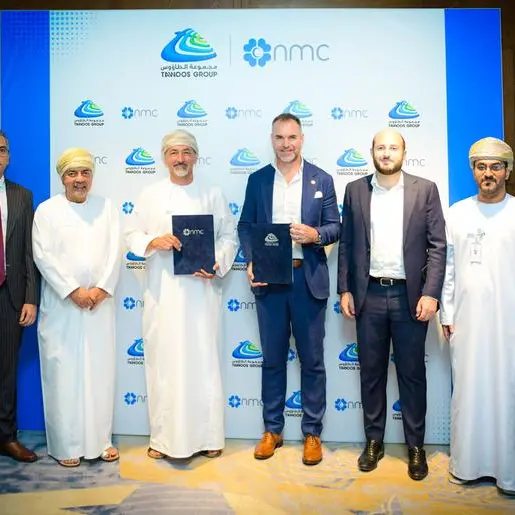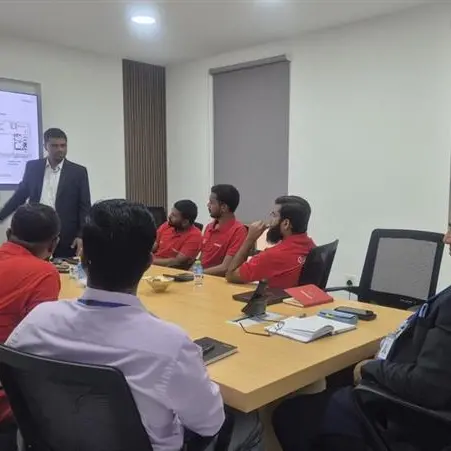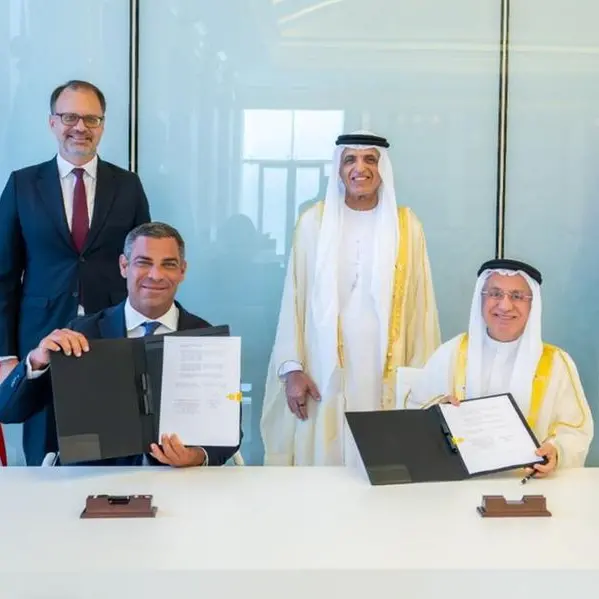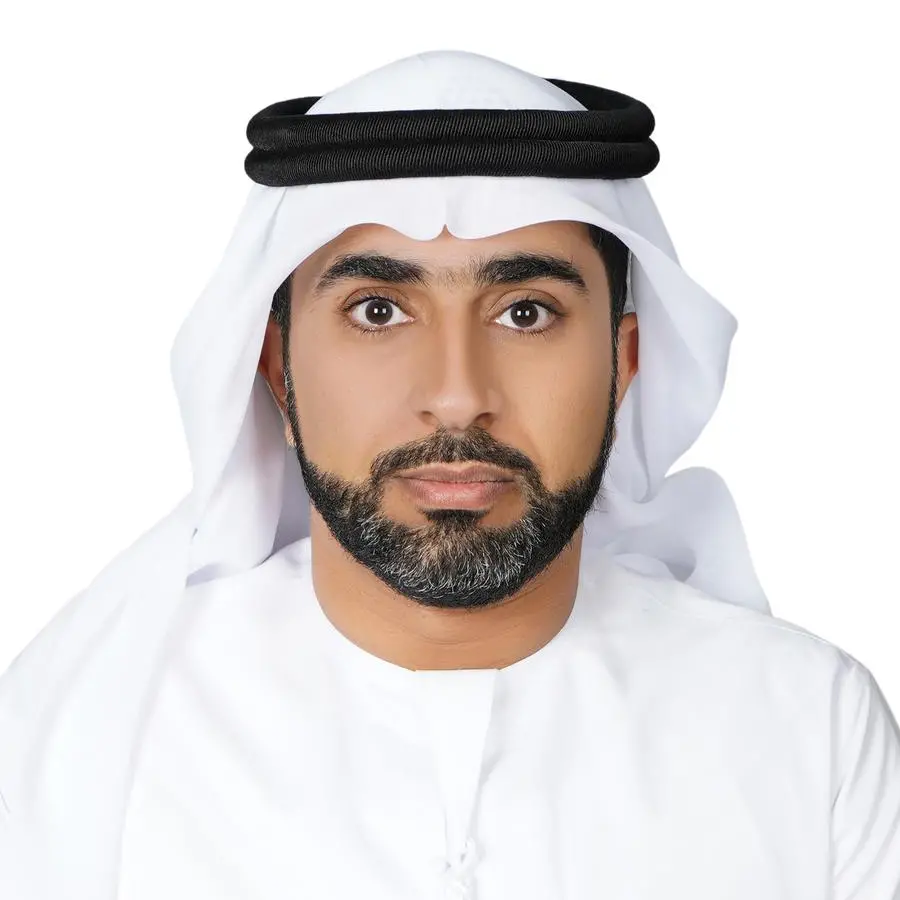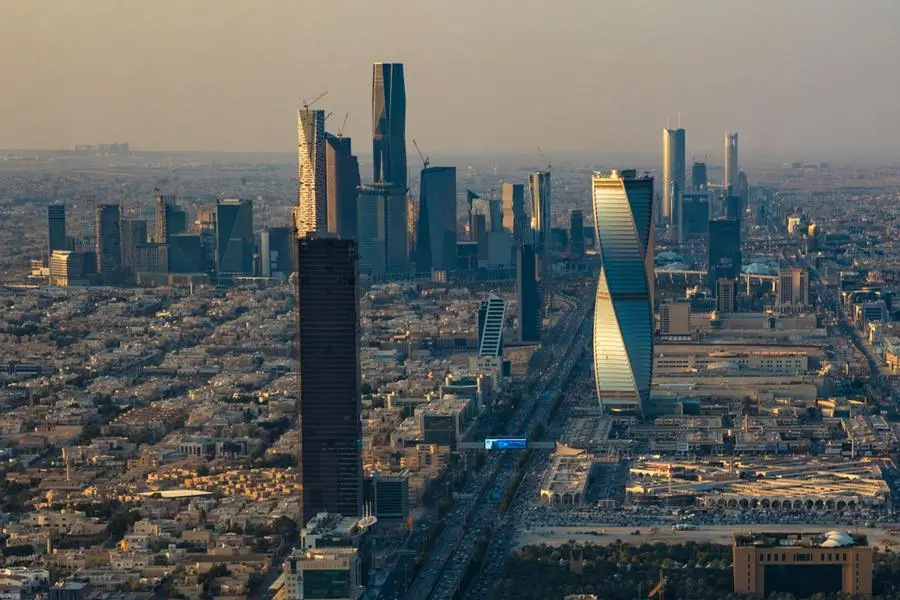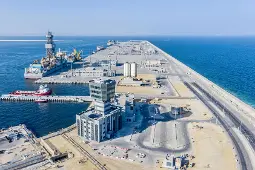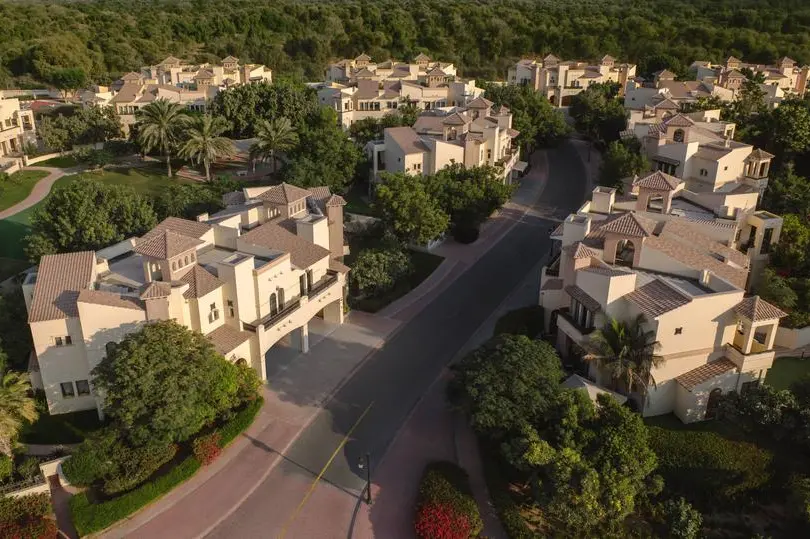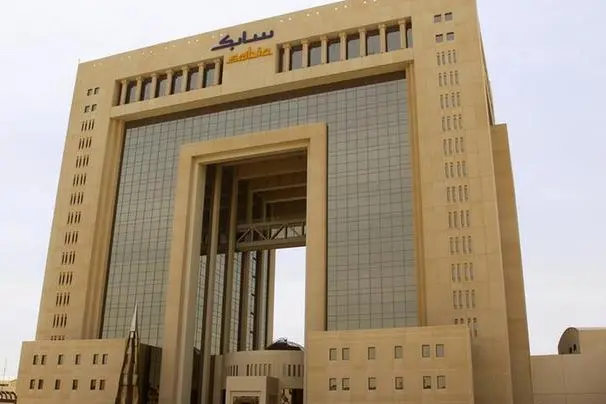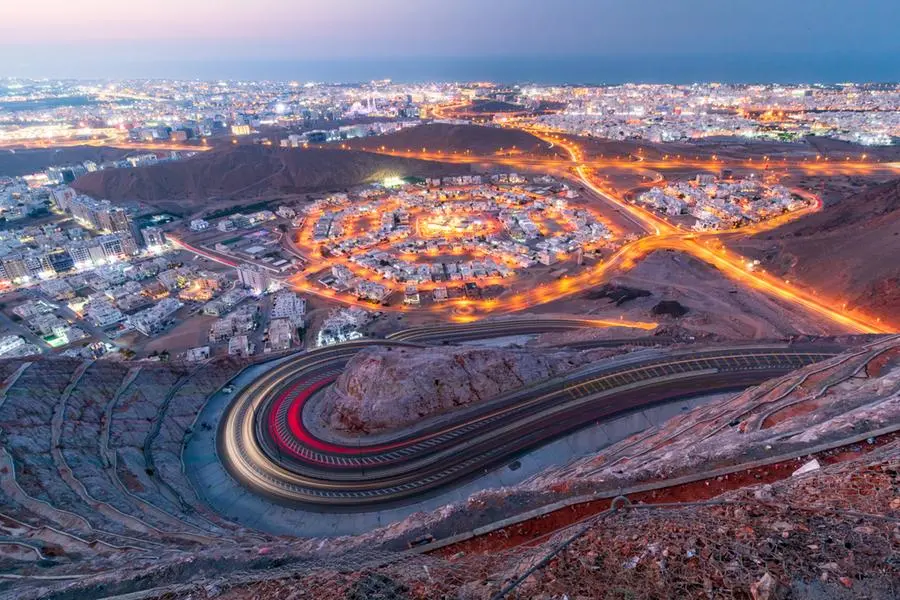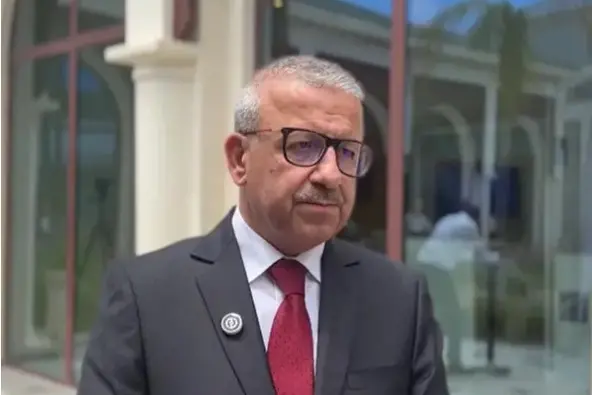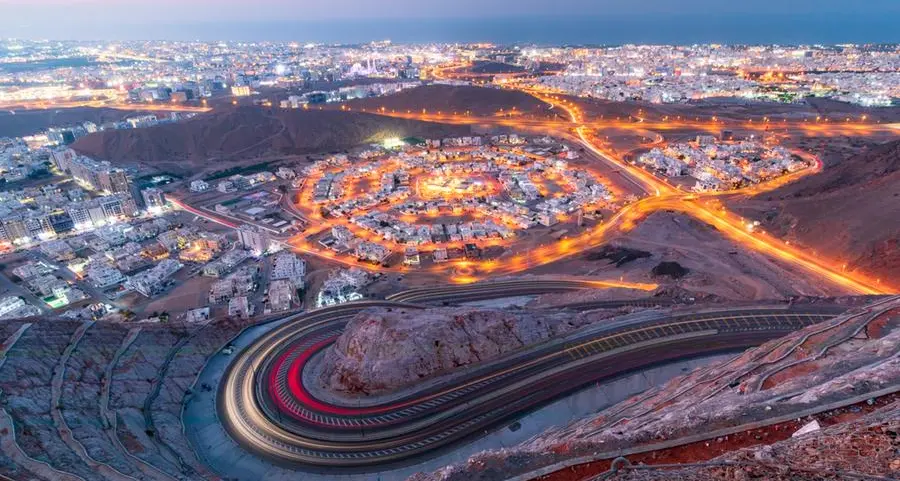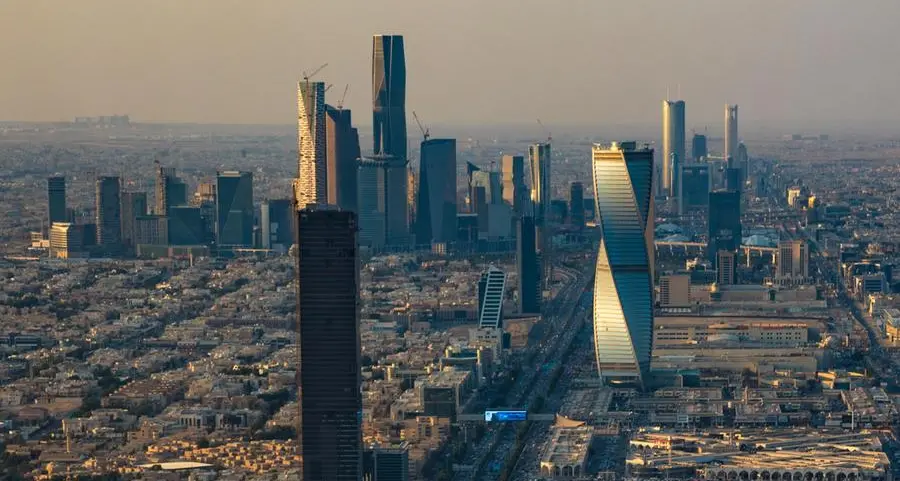PHOTO
- Etihad Rail is the first road transport system that connects key cities of the UAE from Ghuwaifat to Fujairah
United Arab Emirates: In the presence of His Highness Sheikh Mohammed bin Rashid Al Maktoum, UAE Vice President, Prime Minister and Ruler of Dubai, and His Highness Sheikh Mohamed bin Zayed Al Nahyan, Crown Prince of Abu Dhabi and Deputy Supreme Commander of the Armed Forces, the UAE Government announced the launch of the UAE Railways Program, the largest integrated system for transporting goods and passengers across the country.
The program constitutes an integrated strategy for the railway sector in the UAE for the coming decades, as it includes a national network of railway projects that link the emirates and the key cities of the country. Stage One of the Etihad Rail has been fully operational since 2016, with opportunities to expand beyond the borders of the UAE.
The UAE Railways Program falls under the ‘Projects of the 50’ which is a series of developmental and economic projects that aim to accelerate the UAE’s development, transform it into a comprehensive hub in all sectors and establish its status as an ideal destination for talents and investors.
The UAE Railways Program was launched during a special event celebrating the projects of the 50, held at Dubai's EXPO 2020. The event highlighted the objectives of the program and the stages of the "Etihad Rail" project, which connects Ghuwaifat on the border with Saudi Arabia to the port of Fujairah on the Eastern Coast.
His Highness Sheikh Mohammed bin Rashid Al Maktoum said, "The Etihad Rail is the largest project to consolidate the strength of the union for the next fifty years. It will connect 11 key cities and regions across the UAE."
His Highness added: "The UAE's infrastructure is among the best in the world, and the Etihad Rail will further enhance UAE excellence in the logistical field. The project comes in line with the environmental policy of the UAE and it will reduce carbon emissions by 70-80%,”.
His Highness Sheikh Mohamed bin Zayed Al Nahyan, said, "The National Railways Program reflects the true meaning of integration into our national economic system, as we see the largest partnership between government entities at the federal and local levels. It comes to support a national vision to connect the country’s key centers of industry and production, open new trade routes and facilitate population movement, creating the most developed work and life environment in the region.”
H.H. Sheikh Theyab bin Mohamed bin Zayed Al Nahyan, Chairman of the Abu Dhabi Crown Prince's Court, and Chairman of Etihad Rail, said that the UAE Railways Program is a key milestone in the road transport sector and a true reflection to ‘The Principles of the 50’.
H.H. Sheikh Theyab bin Mohamed bin Zayed Al Nahyan added that the UAE Railways Program extends an opportunity to qualify and train Emirati talents and enable them to lead this vital sector in the future.
Qualifying and training national cadres
Shadi Malak, Chief Executive Officer of Etihad Rail, said that the Etihad Rail is operated by Emirati talents who possess an exceptional experience they gain during Phase one and two, pointing out that the UAE Railways Program provides more than 9000 jobs by 2030.
Malak added that the Rail Passenger Services will enhance the transportation system across the UAE allowing passengers to travel from Abu Dhabi to Dubai in 50 minutes, and from Abu Dhabi to Fujairah in 100 minutes.
Eng. Kholoud Al Mazrouei, Deputy Project Manager of Etihad Rail said that Etihad Rail supports the public transport system in the UAE, pointing out that the key milestones are achieved during the Stage One including the transportation 30 thousand tonnes instead of transporting 5 thousand tonnes of granulated Sulphur through trucks, which have contributed to the UAE being the world's leading exporter of sulphur, and eliminating 2.5 million truck trips, which translates into increasing the level of road safety, reducing maintenance costs and reducing carbon dioxide emissions.
Three strategic projects
The UAE Railway Program aims to develop a sustainable road transport system that supports economic development efforts in all sectors, including the environment, industry and tourism. The program also aims to connect the emirates of the UAE and provide a reliable transportation system.
The investments of the UAE Railway Program amount to AED50 billion, 70% of which targets the local market. The program contributes to providing more than 9,000 jobs in the railway sector and supporting sectors by 2030.
The program contributes to reducing 70-80% of carbon emissions, a move that supports the UAE's efforts to preserve the environment and achieve its goal of carbon neutrality.
The UAE Railway Program includes three key projects; the first project is the Freight Rail, which includes the Etihad Rail freight services.
The second project is the Rail Passenger Services that aim to connect 11 cities with the UAE from Al Sila to Fujairah. At a speed of 200 km/h the Rail Passenger will connect 11 cities within the UAE, where passengers can travel from Abu Dhabi to Dubai in 50 minutes, and from Abu Dhabi to Fujairah in 100 minutes.
By 2030, the number of passengers is expected to reach more than 36.5 million annually.
The third project is the Integrated Transportation Service, where an innovation center will be established to ensure the integration of the smart transportation solutions. A network of light rail will be connected to the Rail Passenger System to facilitate transportation inside UAE cities.
Additionally, smart applications and solutions will also be developed to allow planning and booking trips, integrating logistics operations, port and customs services, and providing integrated logistics solutions.
The UAE Railway Program creates enormous economic opportunities amounting to AED200 billion; the estimated benefits of reducing carbon emissions amount to AED21 billion, road maintenance AED8 billion, in addition to achieving tourism benefits estimated at AED23 billion during the next 50 years, meanwhile the public benefits on the UAE economy will reach AED23 billion.
Etihad Rail
Etihad Rail launched operations of Stage One in 2016. Etihad Rail commenced construction of Stage Two in early 2020, achieving in less than 24 months 70% of this stage, despite the challenges presented by the COVID-19 pandemic, Etihad Rail has continued to forge ahead and complete the project according to its clearly defined goals and comprehensive work plan.
180 entities have been cooperating and more than 40 thousand official papers have been issued. 27 thousand people are working in more than 3000 constructions sites across the country achieving 76 million working hours so far.
-Ends-
© Press Release 2021
Disclaimer: The contents of this press release was provided from an external third party provider. This website is not responsible for, and does not control, such external content. This content is provided on an “as is” and “as available” basis and has not been edited in any way. Neither this website nor our affiliates guarantee the accuracy of or endorse the views or opinions expressed in this press release.
The press release is provided for informational purposes only. The content does not provide tax, legal or investment advice or opinion regarding the suitability, value or profitability of any particular security, portfolio or investment strategy. Neither this website nor our affiliates shall be liable for any errors or inaccuracies in the content, or for any actions taken by you in reliance thereon. You expressly agree that your use of the information within this article is at your sole risk.
To the fullest extent permitted by applicable law, this website, its parent company, its subsidiaries, its affiliates and the respective shareholders, directors, officers, employees, agents, advertisers, content providers and licensors will not be liable (jointly or severally) to you for any direct, indirect, consequential, special, incidental, punitive or exemplary damages, including without limitation, lost profits, lost savings and lost revenues, whether in negligence, tort, contract or any other theory of liability, even if the parties have been advised of the possibility or could have foreseen any such damages.
